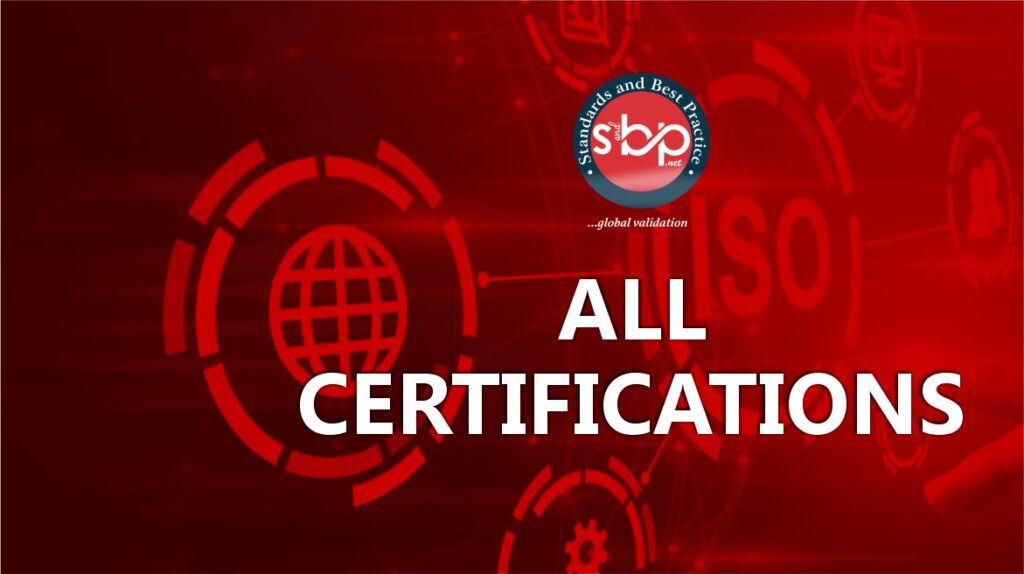Sustainability in Oil and Gas: Exploring ISO 14001 as an Environmental Management Tool
The oil and gas industry faces a critical challenge: balancing its role in meeting global energy demands with the need for environmental sustainability. In this exploratory piece, we delve into the potential of ISO 14001 as a framework for oil and gas companies to enhance their environmental management practices and navigate this complex landscape.
ISO 14001: A Recognized Standard for Environmental Management
ISO 14001, published in 1996, is the world’s leading international standard for environmental management systems (EMS). It provides a structured, plan-do-check-act (PDCA) cycle approach that organizations can utilize to establish, implement, maintain, and continually improve their environmental performance.
Exploring the Applicability for Oil and Gas
The oil and gas sector, with its inherent environmental footprint, can significantly benefit from implementing ISO 14001. Here’s why:
- Regulatory Compliance: The standard helps ensure adherence to evolving environmental regulations, mitigating the risk of fines and penalties.
- Pollution Prevention: ISO 14001 promotes a proactive approach to identifying and minimizing environmental impacts associated with exploration, production, and refining activities.
- Resource Optimization: The framework encourages efficient use of resources like water and energy, potentially leading to cost savings and a reduced environmental footprint.
- Stakeholder Engagement: Implementing an EMS demonstrates a commitment to environmental responsibility, fostering trust and positive relationships with stakeholders.
Exploring Best Practices: Leveraging ISO 14001 for Environmental Management
While ISO 14001 offers a generic framework, oil and gas companies can explore specific best practices for implementation:
- Life Cycle Assessment: Conducting life cycle assessments for key processes to identify areas for significant environmental impact reduction.
- Emissions Reduction Strategies: Developing and implementing strategies to minimize greenhouse gas emissions, methane leaks, and air and water pollutants.
- Waste Management: Establishing effective waste minimization, reuse, and recycling programs.
- Environmental Monitoring and Reporting: Implementing robust environmental monitoring programs and transparent reporting mechanisms.
Exploring the Potential Benefits
By embracing ISO 14001, oil and gas companies can potentially achieve a multitude of benefits:
- Reduced Environmental Impact: Lower greenhouse gas emissions, improved waste management, and minimized water and resource consumption.
- Enhanced Regulatory Compliance: Proactive management of environmental risks and adherence to evolving regulations.
- Improved Operational Efficiency: Resource optimization can lead to cost savings and a more sustainable business model.
- Enhanced Brand Reputation: A demonstrated commitment to environmental responsibility strengthens stakeholder confidence and brand image.
Conclusion: A Catalyst for Sustainable Transformation
ISO 14001 can serve as a powerful catalyst for oil and gas companies to embark on a journey of environmental sustainability. This exploration has highlighted some key aspects, but further research is needed to fully understand the industry-specific challenges and opportunities. By actively exploring the potential of ISO 14001, oil and gas companies can demonstrate environmental leadership and contribute to a more sustainable future.
Remember, ISO standards are not prescriptive; they provide a framework for organizations to adapt and build upon.








